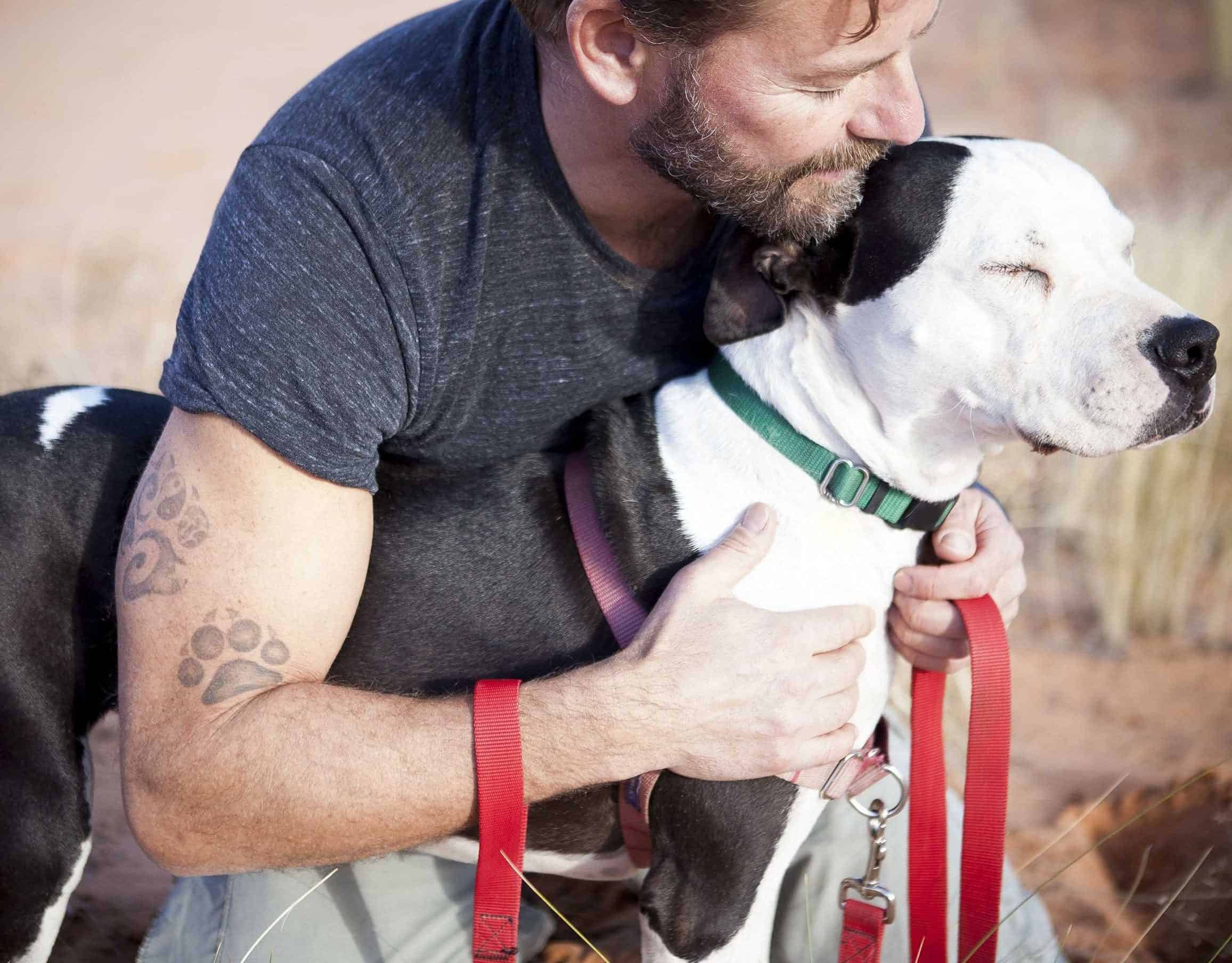Parallels between helping dogs and humans

Following on from my last post about traumatised dogs; my, much better half, Sue ( www.firstintheq.co.uk ) and I, often discuss the parallels that exist between her work, dealing with people with complex mental health issues and, mine – dealing with dogs, often, exhibiting difficult behavioural issues.
Sue has observed me, on many occasions, helping people with their dogs on our frequent walks. I often stop to give a little, impromptu, advice. I realise I should charge people every time; however, that is my nature; I can’t help myself.
For Sue, some of the things I do, naturally, show, exactly the same approach and elements needed to help humans suffering from mental health issues such as PTSD, for instance, from Sues’ own experience and watching me operate. Let me explain.
When dealing with a dog that is showing indications of behavioural issues, of whatever kind, I adopt a common approach. The first aim is to relax the dog (together with its’ owner) and to gain its’ trust. This is mainly done through careful observation and adopting a gentle presence, allowing the dog to relax in my company. I think this is inherent in me and, something that is difficult to teach. Sue does, precisely, the same with the extremely traumatised people she works with. By helping our subjects relax, we foster the feeling of a safe environment. Without this, there is little chance of helping the human or dog in question.
Although it is possible to gain a wealth of qualifications, supported by the membership of ‘august’ sounding organisations, these become less valuable if the individual lacks certain things. These ‘things’ are inherent in an individual and, are difficult to teach. The other ‘things’ I allude to, as well as those already mentioned, are empathy and compassion. These are self-explanatory. However, they are often in short supply. For instance, the doctor who is knowledgeable, but is a cold fish when he talks to you. To achieve the bests results, it is critical for the therapist or behaviourist to be able to empathize and sympathise with the subject they are trying to help.
Therefore, take time to think about the qualities of the individual who is, possibly, able to help you with your dogs’ behavioural of, indeed, training issues.
